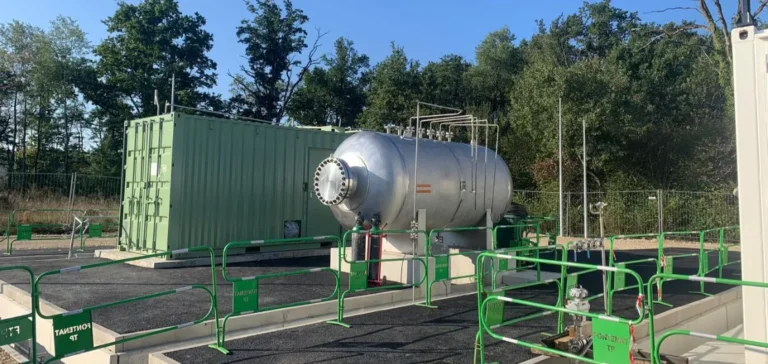Storengy has obtained two new exclusive research permits to assess the potential for underground hydrogen storage in the Grand Est region. The authorisations were granted by ministerial decrees dated September 5, 2025, covering the areas of Nancy in the Meurthe-et-Moselle department and Est-Sélestat, spanning Bas-Rhin and Haut-Rhin. These permits are in addition to the Nord-Mulhouse permit, awarded in June 2024, and form part of the Storgrhyn programme dedicated to identifying salt structures suitable for hydrogen storage.
Regulatory process and local consultation
Permit applications were submitted in December 2022 for Nancy and in April 2023 for Est-Sélestat. The approvals followed a voluntary consultation held in the first half of 2025, during which Storengy met with more than 100 local stakeholders. Online public consultations were also organised in 2024 and 2025 to gather feedback from local populations and authorities.
Geophysical surveys and exploratory drilling
The permits allow for studies to characterise the salt layers that could support hydrogen storage. Planned activities include analysis of existing geological data, mapping of undocumented areas using surface seismic measurements, and possible exploratory drilling. These operations aim to verify the nature, depth and thickness of the underground salt formations.
Planned timeline for operations
In the areas of Nancy and Nord-Mulhouse, the existing geological data is deemed insufficient. Geophysical data acquisition campaigns will therefore be conducted in 2026 in selected municipalities, following discussions with local authorities. For the Est-Sélestat perimeter, the available information is considered adequate to proceed directly to exploratory drilling. These operations could begin by 2030, depending on regulatory and technical timelines.
Storage capacity and regional presence
Already established in the region with storage sites in Cerville and Trois-Fontaines-l’Abbaye, Storengy estimates that each salt cavern could hold between several hundred and over 6,000 tonnes of hydrogen. The sequential approval of these three permits in the Grand Est marks a significant milestone in the strategy to develop large-scale underground hydrogen storage infrastructure in France.






















